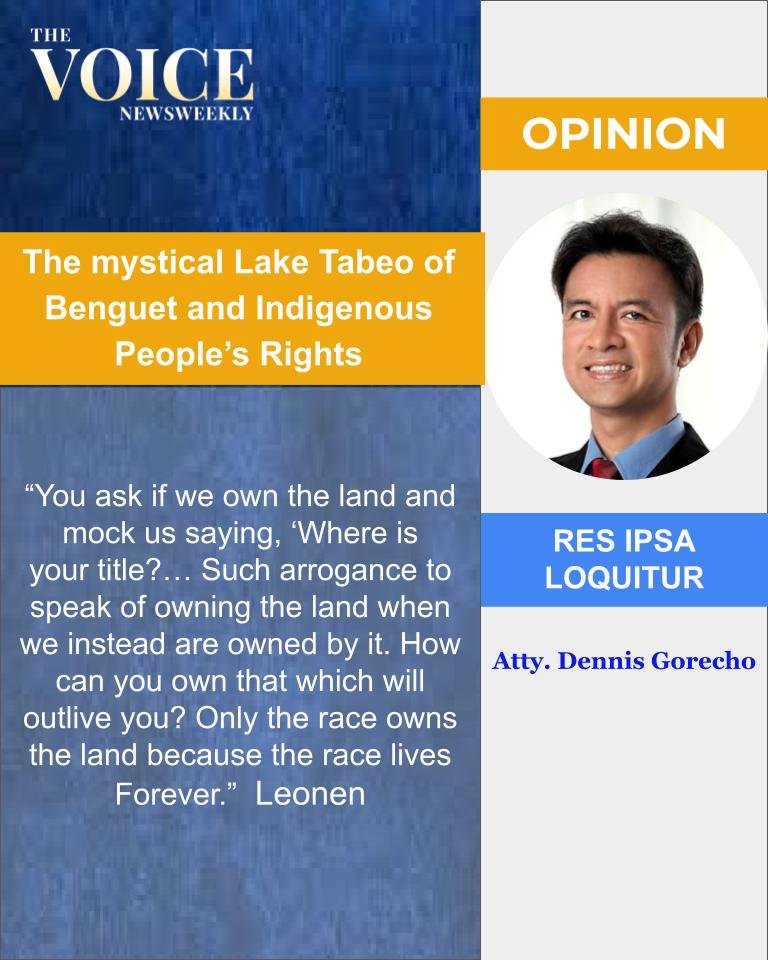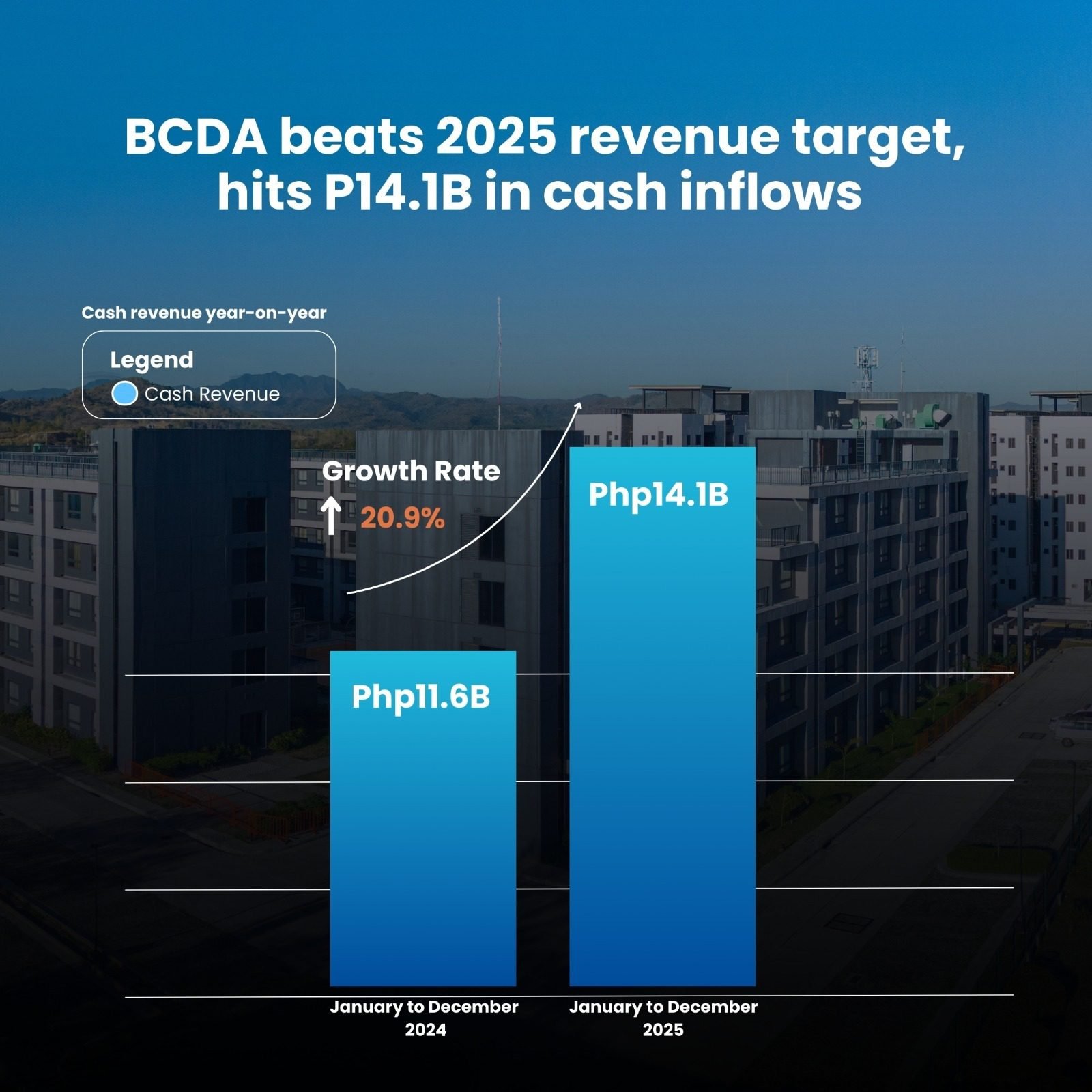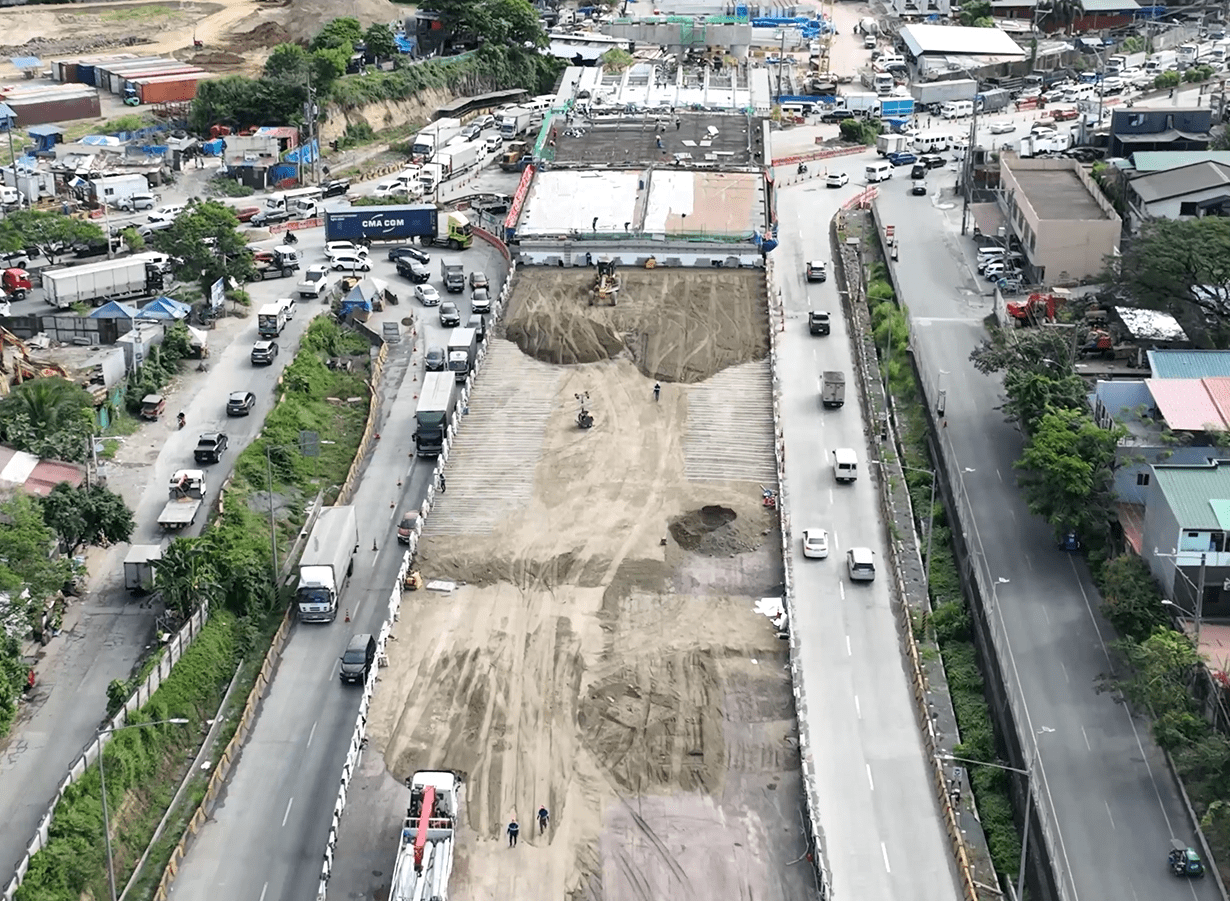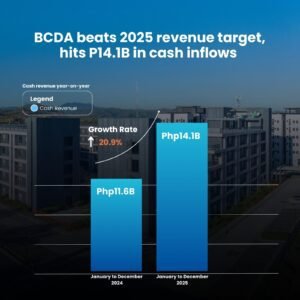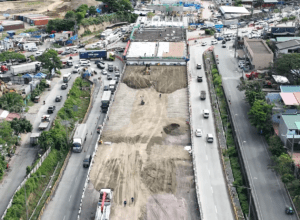Res Ipsa Loquitor
By Atty. Dennis Gorecho
KABAYAN, Benguet — It was in the early 1990s when I first climbed Mount Pulag, which is
considered as Luzon’s highest peak at 2,928 meters (9,606 feet) above sea level covering an
area of 11,550 hectares (28,500 acres).
Mount Pulag is also the third highest mountain in the Philippines, next to Mount Apo (2,954
meters or 9,692 feet asl or above sea level) and Mount Dulang-Dulang (2,941 meters or 9,649
feet asl).
It is a dormant volcano located on the triple border of the provinces of Benguet, Ifugao, and
Nueva Vizcaya that meet at the mountain’s peak which is located in Kabayan, Benguet.
Mount Pulag was proclaimed a national park through Presidential Proclamation No. 75 on
February 20, 1987 and is a National Integrated Protected Areas Programme (NIPAP) site.
Mount Pulag is inhabited by different ethnic groups such as the Ibalois, Kalanguya, Kankana-
eys, Karao and Ifugaos. It is considered as a sacred ground with the belief that they can speak to
God because “it is close to heaven” and that a person’s soul goes to the mountains once he
dies.
For mountain climbers, the montane forests and the grassland summit with its “sea of clouds”
phenomenon are the major attractions. There are four major trails up the summit: the
Ambangeg, Akiki and Tawangan trails from Benguet and the Ambaguio Trail from Nueva
Vizcaya.
Kabayan is approximately 335 kilometers north of Manila and 85 kilometers northeast from
Baguio City. It is the home of the Kabayan mummies.
The four mystical lakes – Lake Bulalacao or Bulalakao, Lake Incolos, Lake Tabeo and Lake Letep-
ngepos are located in Kabayan, Benguet at the base of Mount Pulag.
Lake Tabeo is located within the residential area while the other three are located within
Mount Tabayoc, also known as the Junior Pulag.
We went car camping last December at Lake Tabeo instead of the regular climb to Mount
Pulag’s peak.
Being the most accessible among the four lakes, Lake Tabeo, is like a big fish pond surrounded
by pine trees, vegetable farm lands, a few barns and village houses with the campsite just
nearby the main road.
Mount Tabayoc serves as a backdrop with its pine and mossy forest with a few clouds kissing its
steep slopes.
During our stay, I had the chance to talk to the owners of the campsite, the Pedro spouses.
They narrated that the area used to be their vegetable plantation but it became idle when it
was submerged in water due to dike constructions.
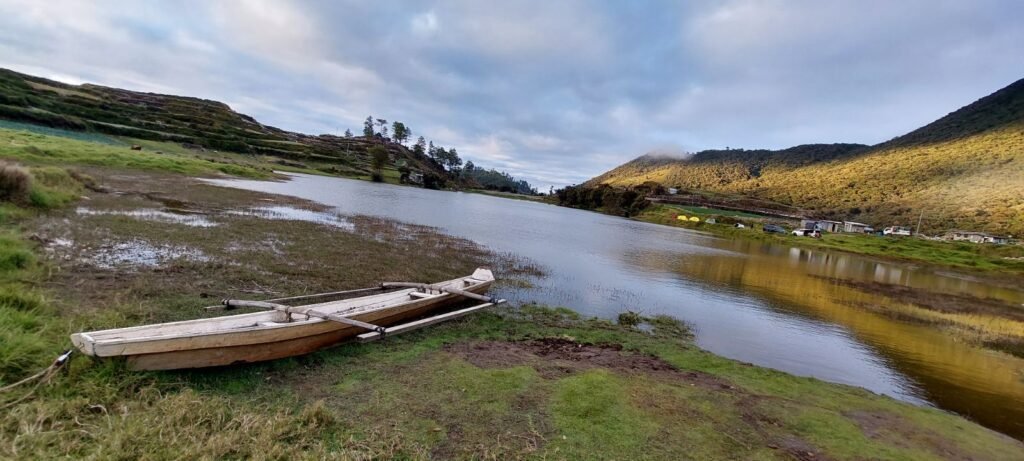
After they decided to transform their property into a campsite, they initially received a
letter from the government instructing them to cease and desist from collecting camping fees
for each person, vehicle and tent. They were later allowed to continue charging the fees.
I told them that the issue is somewhat similar to the Supreme Court’s ruling in Sama vs. People
(G.R. No. 224469, January 05, 2021) wherein it ruled that Iraya-Mangyans should be acquitted
of the crime charged for violating the Revised Forestry Code after they cut down a dita tree
without a license or permit issued by the proper authority.
The Iraya-Mangyans invoked their Indigenous People (IP) Right to harvest dita tree logs which
constitute a part of their right to cultural integrity, ancestral domain and ancestral lands. They
insist that the felled dita tree was planted in their ancestral domain, over which the Iraya-
Mangyans exercise communal dominion.
The Indigenous Peoples’ Rights Act (IPRA), or Republic Law 8371, was enacted in 1997 to
support the cultural integrity of IPs, the right to their lands and the right to self-directed
development of these lands.
My former UP Law professor and now Supreme Court Associate Justice Marvic Leonon
underscored that the concept of ownership introduced by IPRA is distinct in the sense that,
unlike the Civil Code which puts emphasis on individual and corporate holders, IPRA stresses
the private but communal nature of ancestral domains.
IPRA recognizes that IPs have a claim of ownership, not only upon the ancestral domain, but
also on the resources found in them. It acknowledges that the ancestral domain and the
resources located therein constitute the IPs’ basis for their cultural integrity.
“The indigenous peoples’ struggle for their rights has long been enduring. Their struggle for the
recognition of their rights to land and self-determination is rooted in their effort for cultural
and human survival. We should honor the struggle of our people. This decision is the least we
can do to correct a historical injustice,” Leonen said.
Leonen quoted Macliing Dulag’s famous quotes on the people’s reverence for the land,
affirming their right to stay states: “You ask if we own the land and mock us saying, ‘Where is
your title?… Such arrogance to speak of owning the land when we instead are owned by it. How
can you own that which will outlive you? Only the race owns the land because the race lives
forever.”
(Atty. Dennis R. Gorecho heads the Seafarers’ Division of the Sapalo Velez Bundang Bulilan Law
Offices. For comments, email info@sapalovelez.com, or call 09175025808 or 09088665786)

